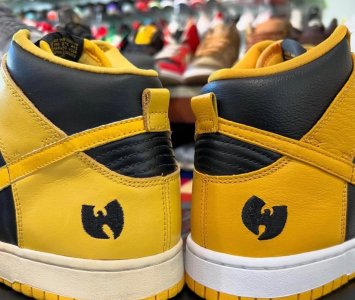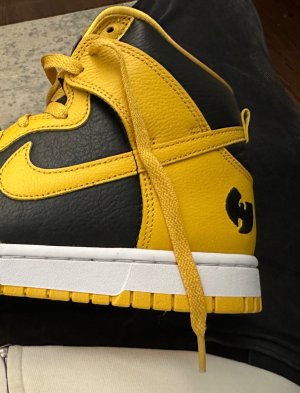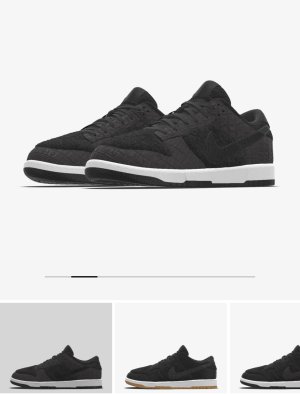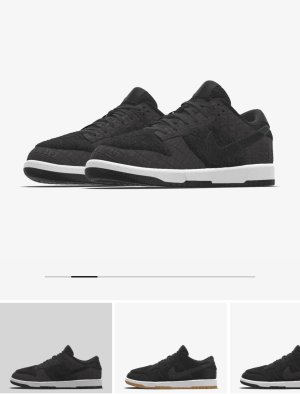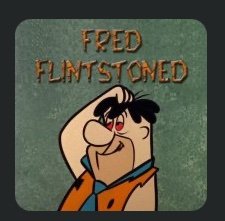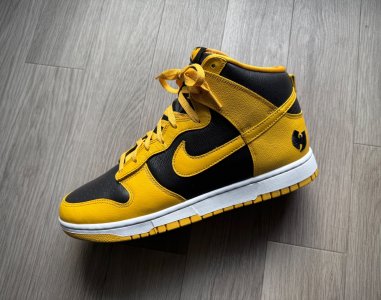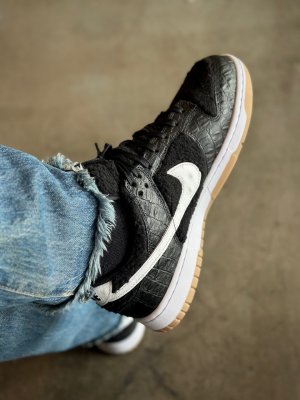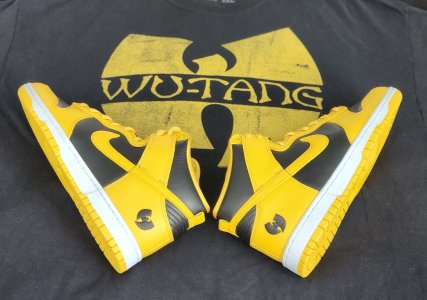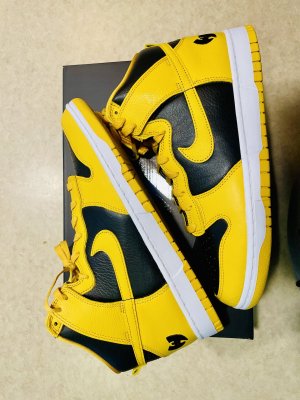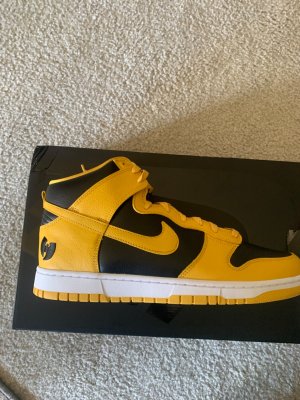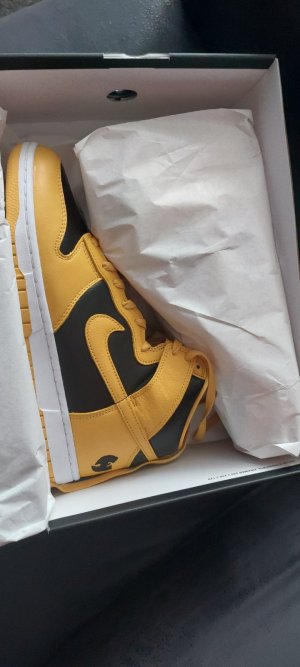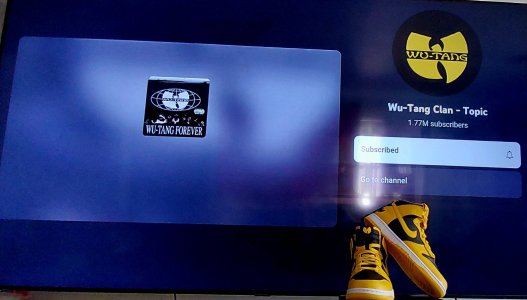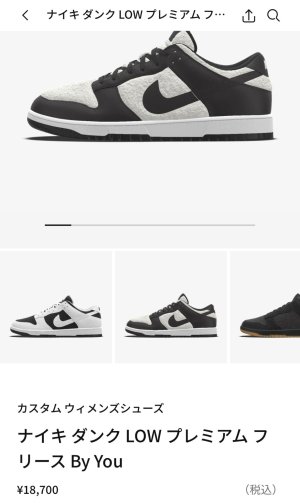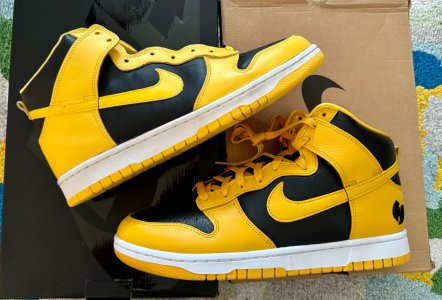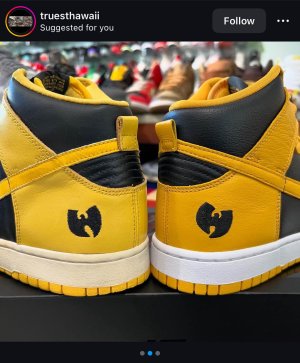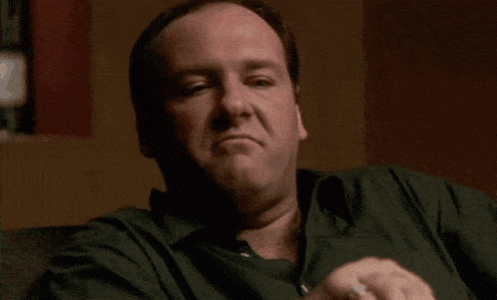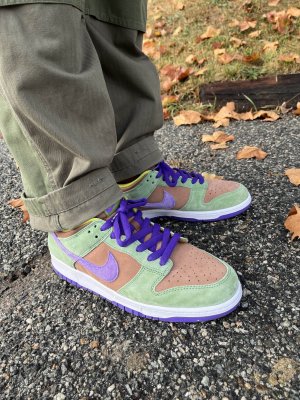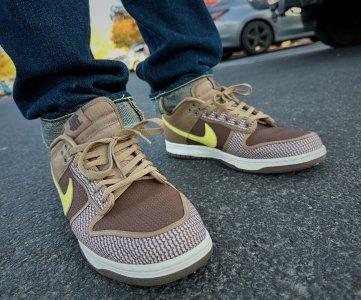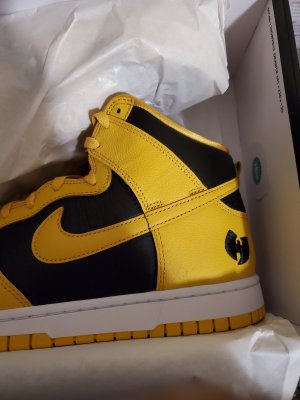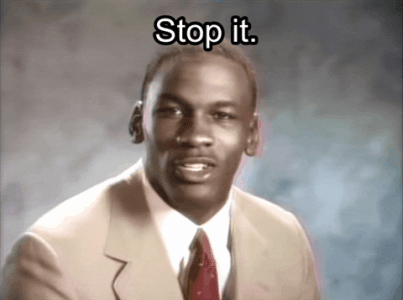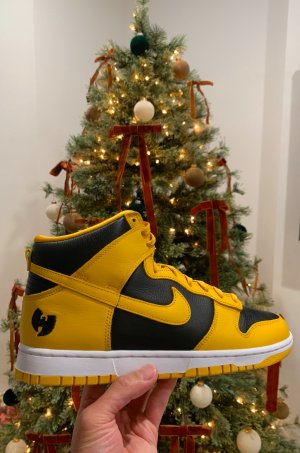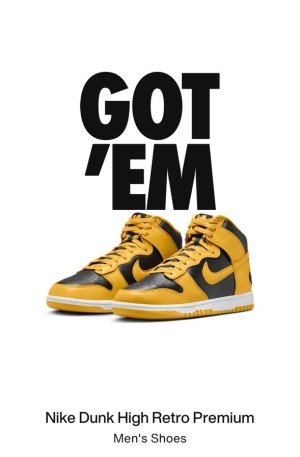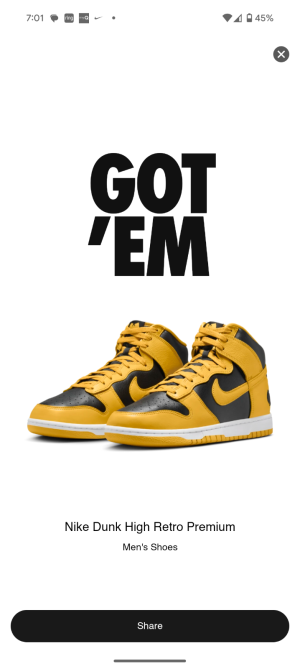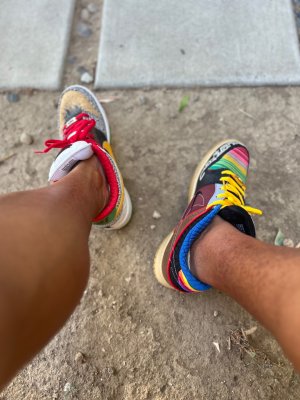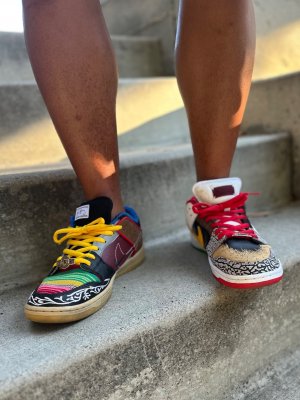since this is nike skateboarding, i thought my fellow skaters would love this!!!!
Haha, I saw that in the WSJ over the weekend and thought about posting it. For the non-subscribers:
By Jacob Gallagher
July 24, 2015 3:26 p.m. ET
CLASSIC ITALIAN menswear and the ragtag, baggy-cool style of 1990s-era skateboarders might seem worlds apart. But the two come together in the kind of clothing designed by Antonio Ciongoli.
Mr. Ciongoli, 31, is the creative director of Eidos, the more affordable, little-brother line to luxe Italian brand Isaia. Though Eidos is primarily known for textured ties and softly tailored suits, Mr. Ciongoli—who stepped onto his first skateboard at age 11 and recently built a mini-ramp into his suburban New Jersey garage—is bringing a looser touch to more casual fare like beefy flannel shirts, slouchy jeans and knockabout knits. “There’s definitely stuff I’d skate in,” he said. “That’s totally conscious.” He added, “Once a skateboarder, always a skateboarder.”
I can attest to that. I gave up on my dream of becoming a professional skater in my early teens, but I have retained a love of graphic T-shirts (now more fitted), cargo-pocketed pants (also more fitted) and Vans, plus a general sense of creativity, comfort and freedom in the way I dress.
That’s why I’m intrigued by the new wave of fashion brands like Eidos, whose clothes, while not neatly categorizable as “skate wear,” clearly reflect their designers’ connection to the sport. From the swooping curve of an Eidos button-up’s spread collar to the featherweight fabrication of the brand’s blouson jackets to its soft, almost sweater-like sportcoats, Mr. Ciongoli consistently imbues his easy-wearing collections with the vibe of skateboarding.
Skating is hardly the first athletic pursuit to have influenced fashion—one of menswear’s most fundamental clothing details, the button-down collar, is derived from polo. But skating is different from, say, soccer or lacrosse. In this more improvisational sport, self-expression and style—while never entirely trumping skill—are crucial elements.
Beyond Eidos, other labels that are tapping into that freewheeling aspect of the skating subculture include OAMC, John Elliott + Co., and Noah, being relaunched this fall by Brendon Babenzien, the former longtime creative director of supremely cultish skate brand Supreme. “Skateboarding was really popular in the ’80s and ’90s, when it really hit,” said Mr. Babenzien. “That audience has grown up.”
Skateboarding has a low barrier to entry—all you need is a board and the open road, not a closet full of gear or a team. Because of that, there are likely a good number of men now in their 30s and 40s who can relate to this sensibility, whether they still skate or not. An excellent example is Noah Johnson, 32, an editor at Details magazine and a lifelong skater. “I always like to wear something ‘skate,’ whether it’s a hat or a tee,” he said. “It just makes me feel like I’m balancing whatever else I’m wearing.”
Mr. Johnson pairs graphic T-shirts from Bianca Chandon or Polar Skate Co. hats with soft-shouldered suits, epitomizing the way in which men can now casually, and quietly, toss skate elements into their daily wardrobe.
The arrival of new collections like Noah comes at a time when the high-end fashion industry is doing some serious consorting with street- and skate-wear. At the various locations of influential store Dover Street Market, bonafide board-born brands Palace, Bianca Chandon and Supreme hang alongside Prada and Céline. Earlier this year, Louis Vuitton enlisted stylish pro-skater Alex Olson, also the designer of Bianca Chandon, to promote its new leather accessories.
Noah and company also come at a time when the world of menswear is turning away from the highly tailored formality it embraced for the past several years. “We all got burned out on the double-monk strap and the three-piece suit. It was just so much,” said Eidos’s Mr. Ciongoli. He wants to offer his customer an easier way to put a look together.
Even guys who never set foot on a board can find a treasure trove of cool, casual clothes—whether for the weekend or an open-minded, creative office—in these lines.
Certainly a man coming across Noah’s beefy, cashmere, military-style shirts at uptown New York department store Bergdorf Goodman, where the line will be sold this fall, won’t need to be aware of the designer’s skater history to happily wear it. “Maybe he’s in a position where his job is more creative and he’s not forced to wear a suit and tie everyday. Maybe he’s got so much money, he doesn’t have to work,” said Mr. Babenzien of his theoretical customer. “But he’s definitely there.” He added, “We’re at a place where guys can dress differently and that’s okay.”
At menswear boutique Union in Los Angeles, owner Chris Gibbs, has found that skate-influenced brands like OAMC (which he worked on for a short time) resonate with men who are old enough to spend a lot on a well-made garment, yet still fondly remember hours spent perfecting their kickflips. “Acne [Studios] did an entire collection inspired by California skate culture and made their version of a Dickies pant but with a really elevated fabric,” said Mr. Gibbs. “A 40-year-old who used to skate...can afford that.”
But again, board time isn’t a prerequisite. OAMC’s co-founder and creative director Luke Meier describes his typical customer as someone who’s learned to appreciate expensive fabrics, high quality and design with interesting twists.
Mr. Meier produces some of his clothes in Italy, where he attempts to push traditional manufacturers to do things differently. “I’ll be sitting with an Italian tailor and I’ll ask for certain stuff and he’ll look at me like I’m crazy,” Mr. Meier explained. “For spring, we did perforation on suiting. They were like, ‘What?’ ”
He said that his tendency to ignore boundaries in design is something he got from skating, “where none of the stuff in front of you was supposed to be skated on. Handrails were built for walking up stairs; they’re not for skateboarding.”



 I thought you got it to hold yourself over. Thats trash. The trailers make it look semi-Bioshock-y, which I like. I wouldn't mind a fallout with weather etc etc. I liked the Mojave, but I think a larger city and it's surrounding areas would be way more fun.
I thought you got it to hold yourself over. Thats trash. The trailers make it look semi-Bioshock-y, which I like. I wouldn't mind a fallout with weather etc etc. I liked the Mojave, but I think a larger city and it's surrounding areas would be way more fun.







